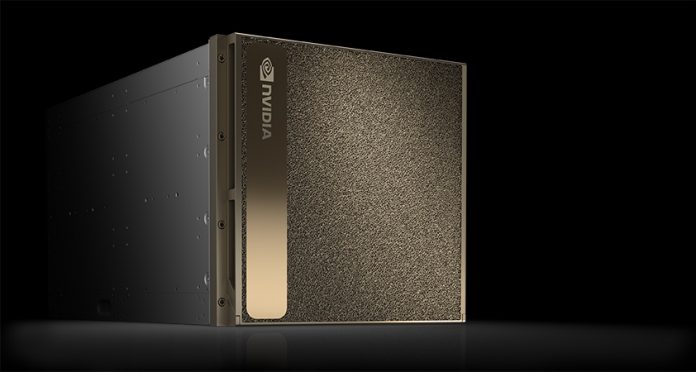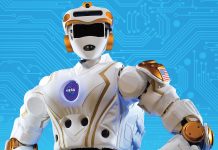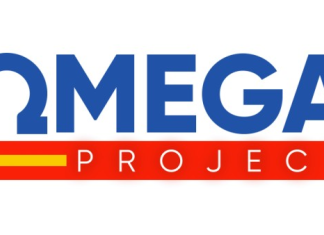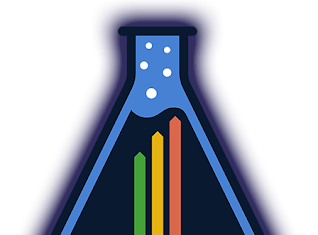With the acquisition of the new NVIDIA DGX-2™, the University of Antwerp has become the first institution in the Benelux to own a supercomputer of the latest generation. The two-petaflops device significantly outperforms existing supercomputers in terms of computing power, its potential applications including everything from AI and deep learning to faster malaria research and diagnosis.
Increased Need For High Computing Power
Getting a supercomputer is a priority for modern research institutions, since more and more scientific projects require fast data analysis, deep-learning processing, and other operations depending on high processing power.
University of Antwerp professor of computer science Steven Latré explains: “We’ve now entered the age of artificial intelligence and deep learning. Our researchers constantly need a tremendous amount of computing power. When training new AI systems, they often have to wait several hours to get a result. A good combination of CPUs (central processing units) and GPUs (graphics processing units) is crucial in this regard.”
The University has contacted the Ghent-based AI company Robovision to acquire the new supercomputer. Company CEO Jonathan Berthe says: “The NVIDIA DGX-2™ is the world’s first single server to have a calculation speed of two petaflops. That means its deep-learning processing power outstrips that of 300 conventional computer servers combined. The DGX-2 is also the very first unit to be installed at a university in the Benelux.”

Previous Devices, Insufficient
The NVIDIA DGX-2™ has a calculating power of two petaflops (floating point operations per second), significantly higher than that of previous supercomputers and nearly impossible for the layperson to conceptualize.
Latré explains: “We’re going to make enormous strides in terms of processing power. This new computer can handle up to two petaflops of calculations per second. One petaflop amounts to 10 to the 15th power, or a quadrillion. That’s a number we can barely wrap our human heads around. It will be 8.3 times faster than the CalcUA.”
CalcUA is University of Antwerp’s previous top-of-the-line supercomputer, with a calculating power of 240 teraflops. The capacity of the DGX-2 far outperforms that of the CalcUA, though the new supercomputer is no larger than an average refrigerator.
To put things into perspective, to match what a one-petaflops supercomputer can do in one second, a human would have to perform one calculation every second for 31,688,765 years.
A Variety Of Potential Applications
This immense computing power has important applications in a wide range of fields. For instance, imec’s City of Things team has used The DGX-1, the first version of NVIDIA’s DGX supercomputer, to understand pedestrian behaviors and optimize traffic lights for increased safety.
University of Antwerp will use the new supercomputer to improve the efficiency of malaria research, in a joint project with Robovision. Berthe says: “Today, medical staff are still analysing thousands of cells manually, while intelligent algorithms can do the same work in a fraction of a second. More people can now be diagnosed faster and more accurately thanks to artificial intelligence. Robovision makes training these algorithms with the RVAI toolbox up to 250 times faster. Similar experiments conducted in the American government’s research department (NIH) now take a full day, but this waiting time could be reduced to a trip to the coffee machine with Robovision.”





























